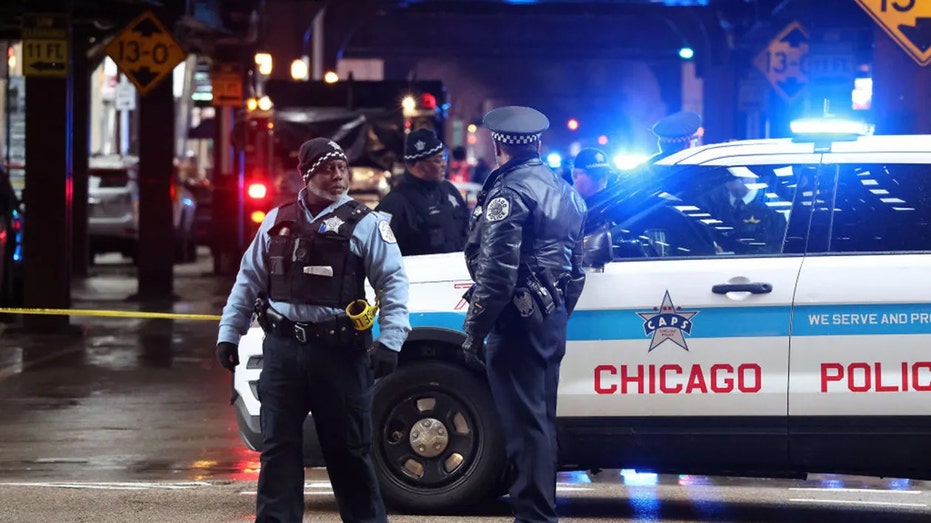A chilling scene unfolded near the University of California, Berkeley, as a planned gathering descended into violent chaos. What began as a scheduled event quickly became a battleground, fueled by a confrontation between opposing groups.
Witnesses described a sudden and aggressive surge from a group identifying as Antifa, directly targeting attendees. The escalation was swift and brutal, transforming a public space into what many described as a war zone.
Footage circulating from the scene depicts physical altercations, with individuals throwing punches, wielding makeshift weapons, and engaging in fierce hand-to-hand combat. The air crackled with tension and the sounds of shouting and struggle.

The violence wasn’t limited to physical attacks; reports indicate projectiles were launched, and objects were thrown, creating a dangerous and unpredictable environment for everyone present. The situation rapidly spiraled out of control, overwhelming initial attempts at de-escalation.
Law enforcement arrived on the scene to attempt to restore order, facing a volatile and rapidly evolving situation. Their efforts were met with resistance, as clashes continued amidst the growing chaos.
The aftermath left a scene of disarray, with injuries reported on both sides of the conflict. Medical personnel were dispatched to provide aid to those affected by the violence, highlighting the severity of the confrontation.
The incident has sparked widespread debate and condemnation, raising serious questions about the safety of public gatherings and the escalating tensions between ideological groups. The events at Berkeley serve as a stark reminder of the potential for conflict in a deeply divided society.
The motivations behind the aggression remain a central point of discussion, with differing accounts emerging from those involved. Understanding the root causes of this violence is crucial to preventing similar incidents in the future.




